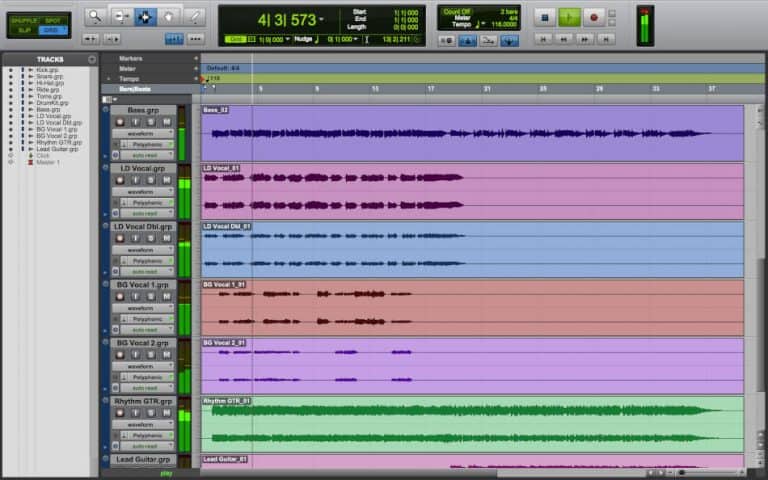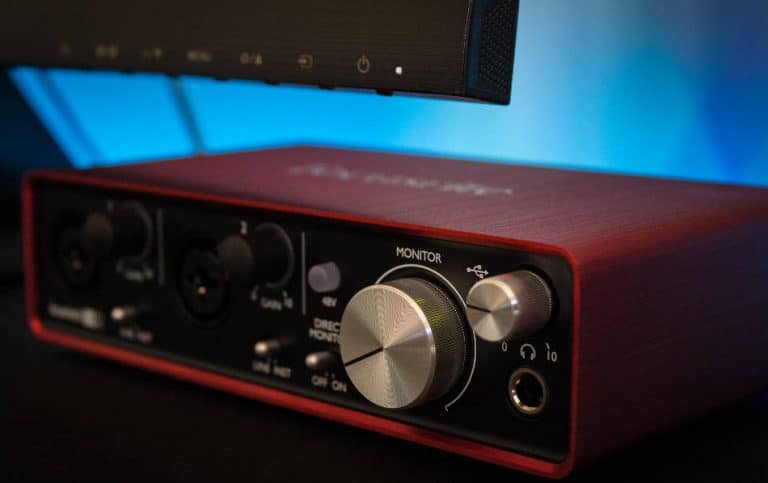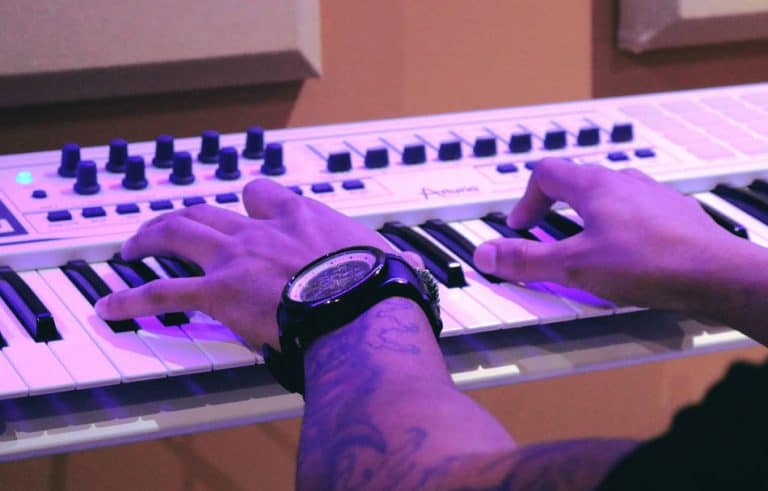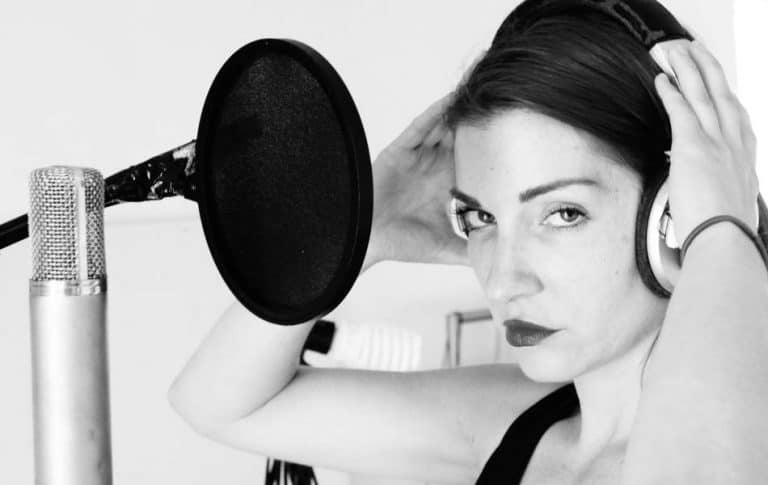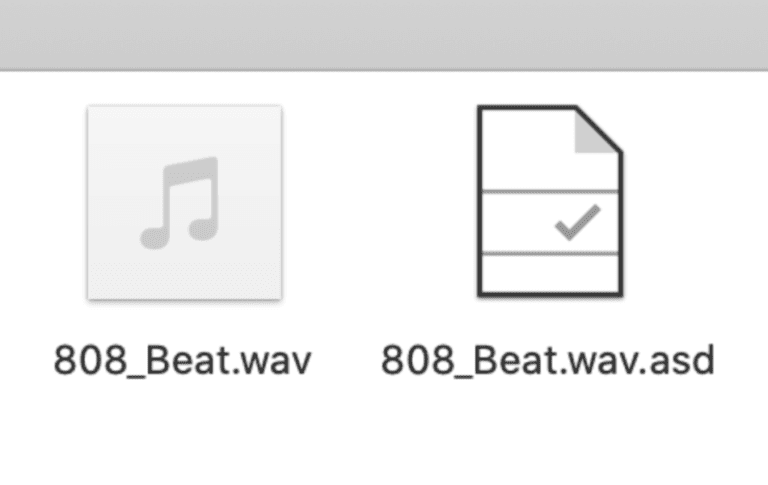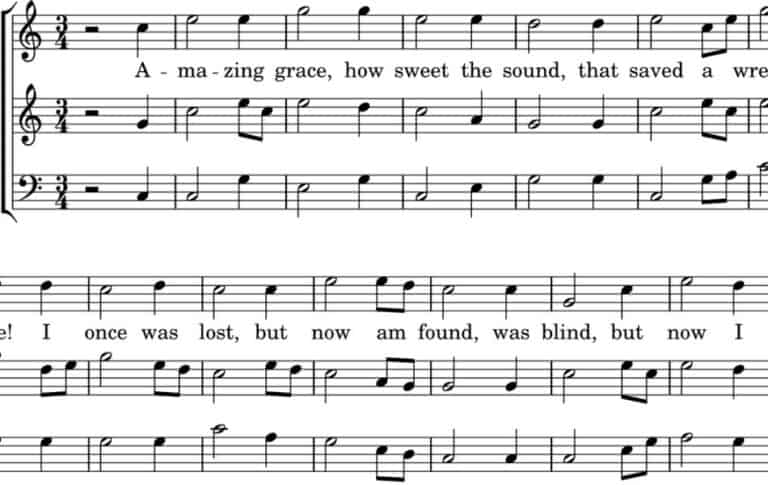Do I Need a Power Conditioner for My Home Studio?
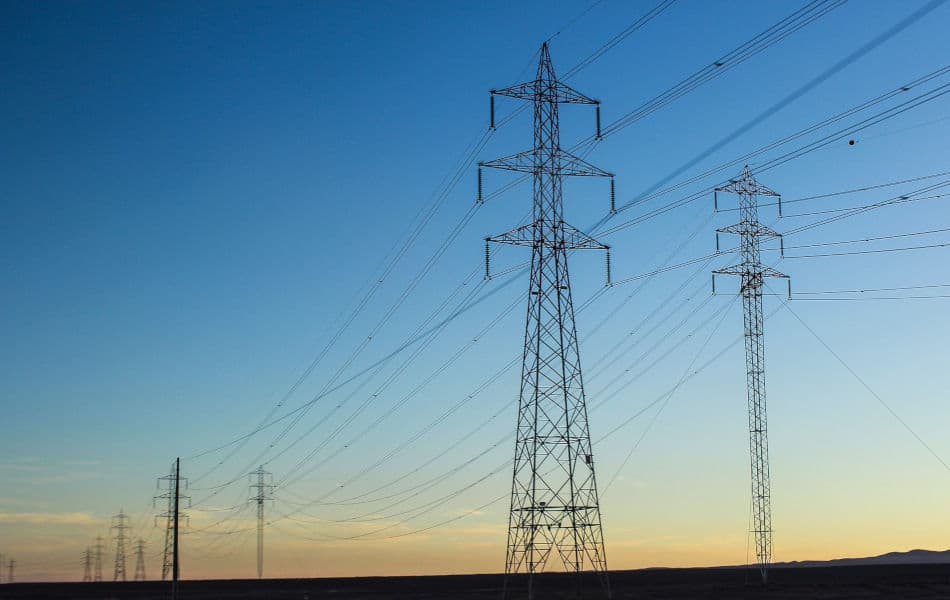
I was talking to a musician friend the other day about equipment we have, and he asked me if I have a power conditioner in my studio.
I hadn’t heard of power conditioners before, but now that I have found out a little more about it I’m really surprised about that. A power conditioner seems to be an important piece of equipment for managing noise in your recording studio.
Do I need a power conditioner for my home studio? A power conditioner reduces noise caused by electrical interference from the electricity supply in your studio. A power conditioner can help to reduce the “noise floor” in your audio productions, so it is something you may want to consider.
What Is a Power Conditioner?
First of all, a power conditioner is more than a surge protector or an uninterruptible power supply. These are the two types of electrical supply protection that I had heard of.
Surge Protector
A surge protector is sometimes called a surge suppressor and it does what it says. It protects your electrical components from damage caused by surges in power. It does this by limiting the voltage to a safe threshold level.
Usually surge protectors come in the form of a power strip (several sockets in a unit that plugs into the main power supply), so you can plug in several pieces of equipment.
Electrical surges and spikes can result from issues in the electrical supply or sometimes from lightening during a storm. Some surge protectors operate like fuses that “blow” due to an electrical surge and have to be replaced afterwards. These are sometimes referred to as sacrificial systems, because the componenty is sacrificed to protect your equipment.
Uninterruptible Power Supply
The other kind of electrical protection device I had heard of was an uninterruptible power supply (UPS). Again, the name tells you what it does – it prevents the power supply from being interrupted.
A UPS normally switches to battery power almost instantly when there is an interruption on the power supply. This is a bit different from backup power using a generator, since in that case there is normally some delay between the power being interrupted and the backup power supply taking over.
As you might expect, since a battery is being used to supply mains-levels of electrical power most UPS units can only work for a few minutes. However, it helps to prevent any interruption in whatever you were doing when the main power source fails.
Power Conditioner
A power conditioning system does more than suppress electrical surges and prevent interruption of the power supply. Although it may do both of these things, a power conditioner also helps to remove noise caused by electromagnetic interference.
I knew about noise in electrical systems since that’s something a balanced XLR cable and connections helps to reduce. The balanced cable has two audio cables inside so that noise is cancelled out out leaving only the audio signal intact.
A power conditioner is a more sophisticated device that helps you to manage the power supply, protecting your electrical equipment and helping to reduce the level of unwanted noise from electrical interference.
Where Does Electrical Interference Come From?
The “noise” in an electrical system comes from electromagnetic interference. When a current moves in a wire it sets up electrical and magnetic fields around the wire, which can produce electromagnetic interference.
This means that the electric current moving in a wire can be affected by current moving in other wires nearby. This interference affects the electricity on its way to your studio from outside, plus it can affect the electrical signals in the wires inside your studio.
This interference from various sources is added to the power on its way to your home due, plus more is added once the electricity arrives in your home. Various electrical devices in your home add to the interference.
This noise comes from other electrical components sharing the power supply. Examples might include, electrical kitchen equipment, vacuum cleaners, hair dryers, heating and air conditioning equipment.
Also, don’t forget that all the various pieces of equipment in your studio share the power supply and each can add its own electrical interference noise.
The electromagnetic interference can affect the audio signals being transmitted and received by the equipment in your studio, leading to an audible noise in the signals being processed.
This, in effect, raises the “noise floor” of your audio signals. This background noise can be reduced or removed using devices like a noise gate, but it would be better if we could remove it before it became part of your audio signal.
Sometimes You Might Want to Add Electrical Noise

Here’s a funny thing though. Having said that we want to remove this noise caused by electrical interference, Waves Audio have actually included an electrical noise option in their CLA-2A optical compressor plugin.
You can choose to add 50Hz or 60Hz noise. Waves say that this emulates the analog characteristics caused by noise floor and hum, based on the power supplies of the original units.
So if you’re going for a vintage sound, like they would have had before digital audio and power conditioners, then you might want this noise in your audio. Don’t forget people use plugins to add the crackly noise produced by vinyl records, so sometimes noisy interference is something you actually want.
Can You Measure the Amount of Electrical Noise in Your Studio System?
Rather than listen for noise coming through your headphones or studio speakers, you can identify noise in the system using electrical measuring devices.
You plug these devices into your electrical sockets and they give you an indication of the amount of interference noise in your power supply.
These instruments measure electromagnetic interference (EMI). Greenwave make one called the Broadband EMI Meter. Entech make one they call a Wideband Powerline Noise Analyzer. The general term for these devices seems to be “noise sniffer”.
These instruments provides a digital display of the amount of interference and also let you hear noise in your electrical system more clearly by amplifying it.
These noise detectors can be quite expensive, typically over $100. This means you might want to trust that there is noise in your home studio power system and focus on reducing it rather than trying to detect it.
What Does a Power Conditioner Do?
Since the electrical power supply in your studio contains noise due to electromagnetic interferences, it’s sometimes referred to as “dirty power”. A power conditioner is designed to clean up the power to reduce electrical interference noise in your studio system.
You plug the power conditioning unit into your mains power supply socket. The unit will have several power sockets available that you can plug your studio equipment into in order to receive “clean power”.
A power conditioning unit seems to do four main things:
1. Remove Electromagnetic Interference From the Power Supply
Electrical filters in the power conditioning unit remove electromagnetic interference from the power coming into your studio from the main power grid. This clean power is then supplied to the equipment plugged into the sockets on the power conditioning unit.
2. Isolate Individual Power Outlets
The pieces of equipment in your studio can generate their own interference noise. This means each device needs to be separated from all the others in addition to being protected from electrical noise coming in from outside.
The individual sockets on a power conditioning unit include filters that prevent noise from one device affecting any of the others that are plugged in.
3. Stabilize the Voltage
Variations in voltage in the electrical supply can affect the equipment in your studio since audio and other studio devices depend on a particular voltage.
With most types of electrical equipment in your home these variations might not make much difference. However, audio equipment in your home studio could be affected, resulting in unwanted noise or other problems.
Power conditioning units can monitor the voltage coming in from the mains power supply. If variations are detected the circuit can make corrections if the voltage goes above or falls below normal levels.
In addition to making sure the voltage levels are appropriate to avoid problems with your studio equipment, a power conditioner also helps to avoid potentially damaging power surges.
Rather than “blowing a fuse” like cheaper surge protectors, power conditioners can quickly shut the power down automatically when voltage levels become too high to protect your equipment.
4. Avoid Power Interruptions
Power conditioning units can also provide uninterruptible power supply functionality. As outlined above, this switches to battery backup almost instantaneously whenever there is a power failure, or blackout.
The factor that seems to determine whether the unit provides this facility seems to be its size. Since an uninterruptible power supply depends on battery backup, many smaller units may not offer this feature.
How Much Space Do Power Conditioners Take Up?
I had imagined that power conditioners would be large units that would sit on the studio floor taking up a lot of space. However, most of the units available can be studio rack-mounted, just like your audio processors and other rack-based equipment.
The rack units generally have a fairly uncluttered front panel, with just an on/off switch and sometimes on easy access socket. Some units provide a display so that you can monitor the activity of the power conditioner.
On the back of the unit there is normally an “in” socket for plugging in your mains power cable and around ten or so “out” sockets providing the clean, voltage controlled power for your studio equipment. There will normally also be one or more buttons for resetting the unit.
What Companies Make Power Conditioners?
The power conditioner manufacturer that I have come across most often while researching this subject is Furman. Their units seem to be available from most music equipment stores and websites. Another company that I have come across, whose products also seems to be widely available, is ART.
How Much Should I Pay for a Power Conditioner?
You have to be a little bit careful when choosing a power conditioning unit. As you would expect, the more you pay the more functionality you get, but you need to check what each unit actually provides.
For example, from the research I have done Furman appears to be the most popular manufacturer of these devices. Furman offers a rack-mounted unit for around $80 (you can probably find it for less then $60 if you shop around).
At first glance this looks like the power conditioning units I described above, but it is only a “power distributer”
You can plug this unit into the mains and it provides ten sockets for your studio equipment but it will not remove electrical interference or isolate your devices in the way a power conditioner can.
Furman promote it as a way of adding extra power sockets to your existing power rather than just a power strip to plug into the main power socket in your studio wall.
At the time of writing the least expensive rack-mounted Furman unit that actually “conditions the power” by removing electromagnetic interference noise costs around $110 (probably around $70 if you shop around).
Since you are probably reading this because you are thinking about buying your first power conditioner for your home studio, then it’s likely to be this type of price point that you are considering.
So, Do You Need a Power Conditioner for Your Home Studio?
Whether you need a power conditioner for your home studio probably depends on the quality of the power supply where your studio is located. The power supply is likely to contain interference from outside but if it hasn’t caused you any problems to date they you may not feel a power conditioner is needed.
It would also depend on the type of equipment you have in your studio (and in your home in general). Some devices will generate more electrical interference than others and a power conditioner may be useful for isolating these devices from each other to reduce noise.
Many people would tell you that a power conditioner is really not necessary, and that it’s easy to eliminate noise from your studio in other ways. You could look into this further and investigate electrical issues like “ground loops” that are said to cause a lot of noise problems in audio studios.
The thing I hate to admit is that because a power conditioner is another piece of cool studio gear (well, not as cool as some gear, admittedly) I’m feeling inclined to get an inexpensive one just to try it out and see what difference it makes.
